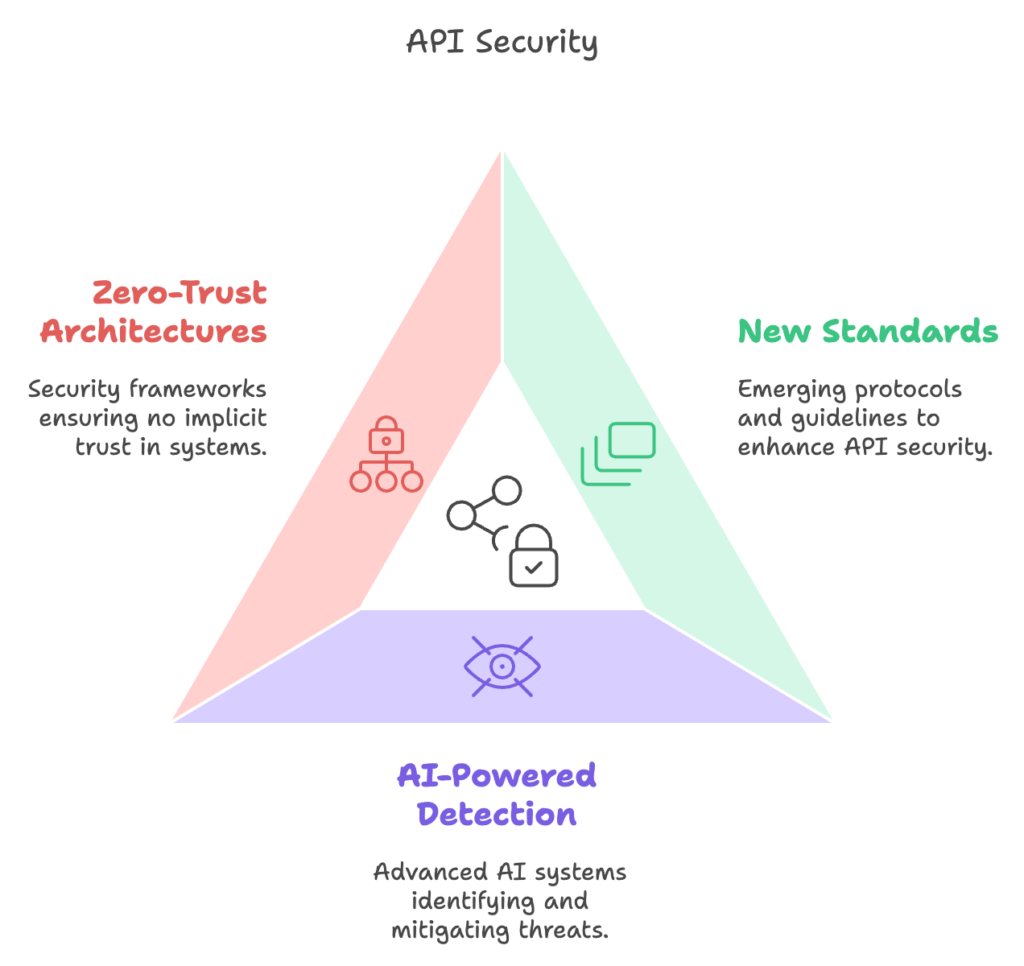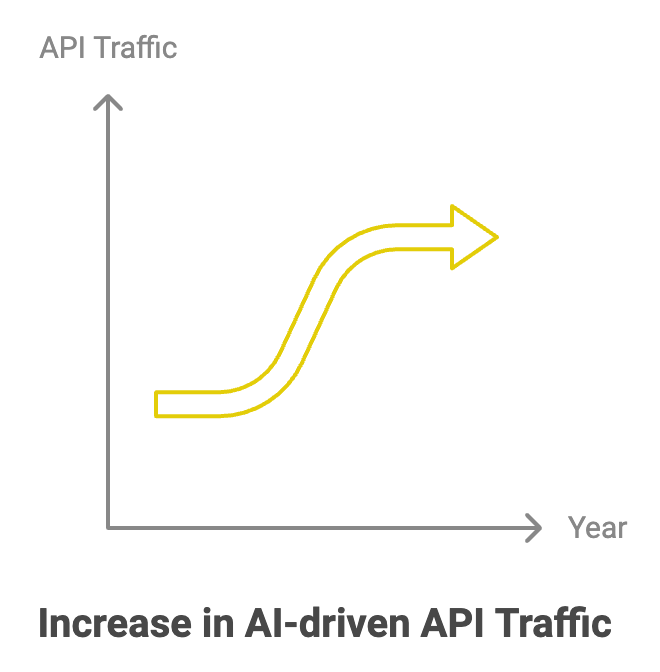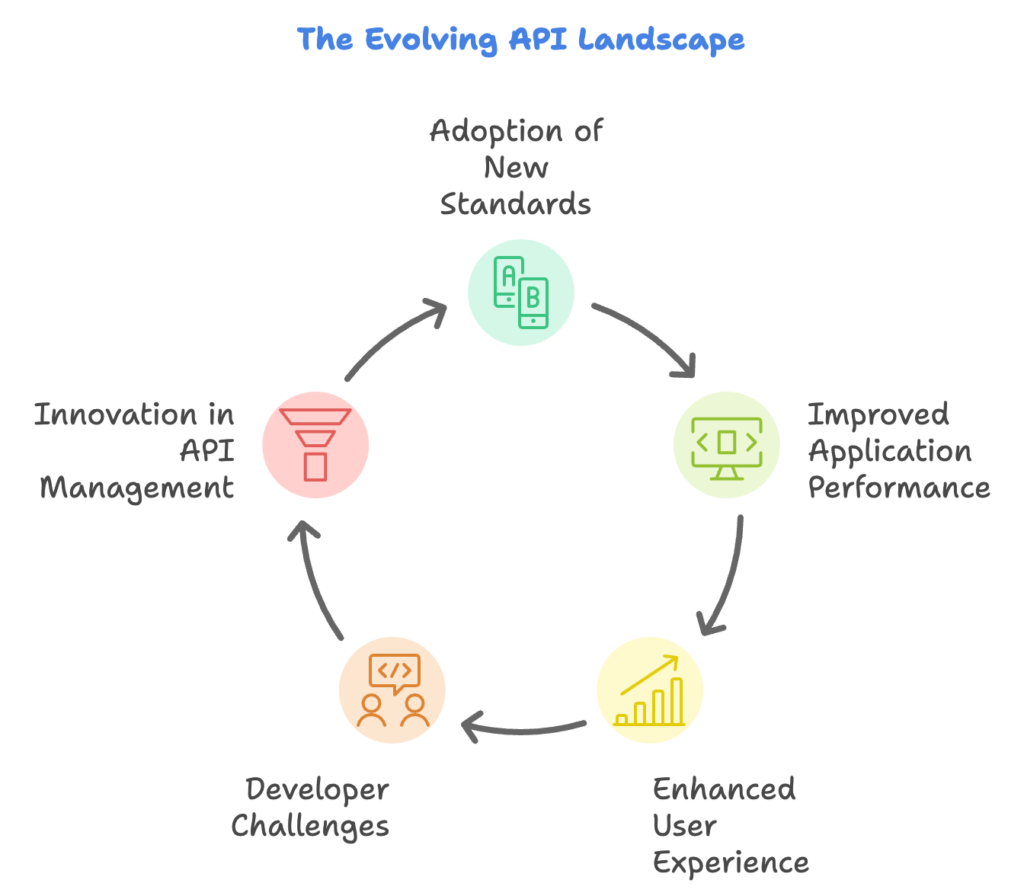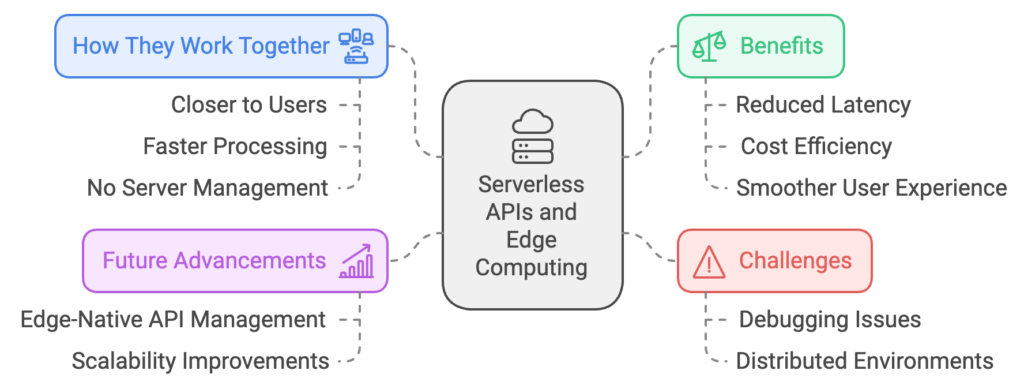What’s Next for APIs? 4 Key Trends Shaping the Future
The API world is at a crossroads, poised for transformative change. From enabling seamless integrations to fueling the digital economy, APIs are the invisible engines driving modern innovation. But with emerging technologies like generative AI and edge computing revolutionizing how APIs are designed and consumed, the landscape is shifting fast. Add to this the growing complexity of distributed systems and the ever-present threat of cyberattacks, and it’s clear: the way we build and manage APIs is evolving at breakneck speed.
As we gear up for 2025 and beyond, understanding these shifts is crucial for anyone—developers, tech leaders, or enthusiasts—who wants to stay ahead of the curve. Here’s a look at four trends shaping the future of APIs and why they matter to you.
1. API Security Takes Center Stage
With the rise of distributed systems and microservices, APIs are multiplying—and so are their vulnerabilities. Each new endpoint creates an opportunity for attackers, and the stakes are high. A stark reminder came in 2024 when a data breach at Twilio’s Authy service exposed sensitive information of over 33 million users, all through an unsecured API endpoint.
Why it matters:
The more interconnected our systems become, the more we rely on APIs—and the harder they are to secure. Research shows 95% of companies faced API security issues last year. But the future holds promise: new standards, AI-powered threat detection, and zero-trust architectures are stepping in to combat these risks.
The takeaway:
Think of API security as the seatbelt in your car. It’s not just a precaution; it’s essential. As businesses integrate smarter tools and stricter protocols, users can expect safer, more reliable digital experiences.
2. Generative AI is Redefining API Development
AI isn’t just a buzzword—it’s reshaping how we build and use APIs. Tools like ChatGPT and GitHub Copilot are helping developers write code faster, generate better documentation, and even create APIs from plain English descriptions. This trend is unlocking a new level of accessibility, enabling even non-technical teams to interact with APIs effectively.
Why it matters:
AI is democratizing the development process. A developer’s productivity isn’t just about how fast they can code anymore; it’s about how effectively they can leverage AI tools. Postman’s 2024 report found a 73% increase in AI-driven API traffic, showing that this isn’t a future trend—it’s happening now.
The takeaway:
AI isn’t replacing developers; it’s amplifying their capabilities. Expect APIs to become smarter, faster, and easier to use, unlocking new possibilities for businesses and consumers alike.
3. A Mix of API Standards is the New Normal
Remember when REST APIs were the universal standard? That’s changing. Technologies like GraphQL and AsyncAPI are gaining ground, offering more flexibility and better performance for specific use cases. For example, GraphQL simplifies data queries, making it easier to get exactly what you need without overloading systems. Meanwhile, AsyncAPI is emerging as the go-to choice for real-time, event-driven systems.
Why it matters:
The “one-size-fits-all” approach to APIs is no longer viable. As applications grow more complex, businesses are adopting multiple standards to meet diverse needs.
The takeaway:
For users, this means more responsive apps, better real-time features, and richer experiences. Behind the scenes, it’s a challenge for developers—but one that’s driving innovation in API management tools.
4. Serverless APIs and Edge Computing Are the Future
Imagine a world where your app’s backend runs exactly where it’s needed—closer to users, faster than ever, and without the hassle of managing servers. That’s the promise of serverless APIs combined with edge computing. By processing data closer to end users, these technologies reduce latency and make apps more responsive.
Why it matters:
The shift to serverless and edge computing isn’t just about speed; it’s about efficiency. Businesses save money by only paying for what they use, while users benefit from smoother, faster experiences.
The takeaway:
While there are challenges, like debugging in distributed environments, the potential benefits far outweigh the drawbacks. Look for advancements in edge-native API management to make these systems more robust and scalable.
The Road Ahead
APIs are more than just technical tools; they’re the foundation of how we connect in the digital age. The trends we’re seeing—stronger security, smarter AI integration, diversified standards, and serverless architectures—are shaping a future where APIs are faster, safer, and more intuitive.
For organizations, this means rethinking their API strategies to stay competitive. For everyday users, it means apps and services that are more reliable, secure, and responsive than ever.
As we head into 2025, one thing is clear: the best is yet to come. Will you be ready to embrace it?
Stay Ahead in Software Development!
Subscribe to Our Newsletter and Get:

Expert tips on system design and software engineering.

Insights into the latest tech trends.

Exclusive guides and tutorials straight to your inbox.
Join our growing community of developers building the future!
Sign up now and never miss an update.
The form can be filled in the actual website url.





